Home>Articles>What Is The Showerhead GPM Compliant For California
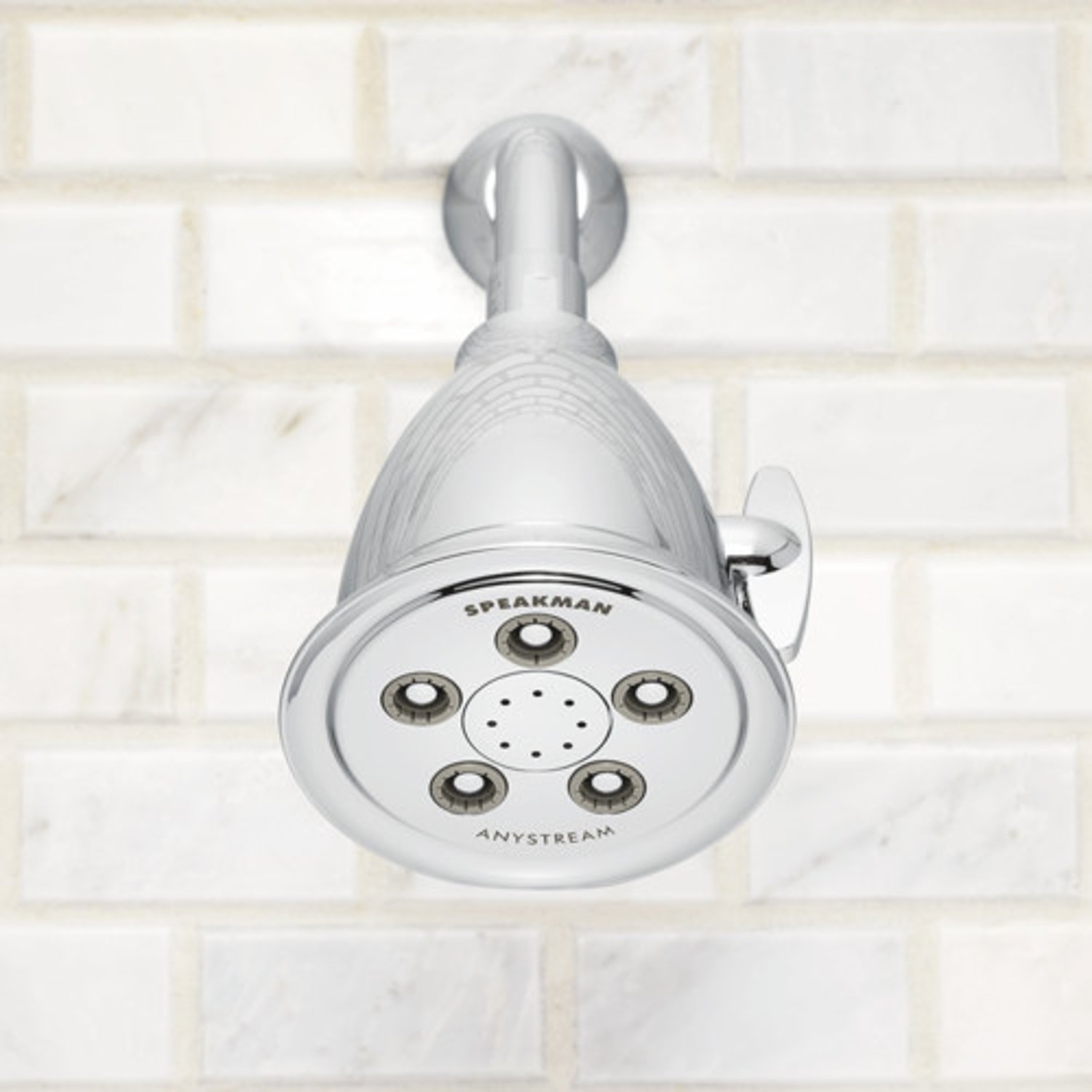

Articles
What Is The Showerhead GPM Compliant For California
Modified: October 18, 2024
Discover the latest articles on showerhead GPM compliance for California. Stay informed about the regulations and find the best water-saving solutions for your bathroom.
(Many of the links in this article redirect to a specific reviewed product. Your purchase of these products through affiliate links helps to generate commission for Storables.com, at no extra cost. Learn more)
Introduction
When it comes to choosing a showerhead, one factor often overlooked is its GPM, which stands for gallons per minute. GPM refers to the amount of water that flows through the showerhead in a minute. Understanding showerhead GPM compliance is especially important for residents of California, where strict regulations are in place to conserve water.
Water conservation has become a critical issue in California due to the state’s frequent droughts and limited water resources. As a result, lawmakers have implemented various measures to reduce water usage, including enacting standards for showerhead GPM.
In this article, we will delve into the world of showerhead GPM compliance in California. We will explore the significance of GPM compliance, the specific standards set by the state, the testing techniques used for compliance verification, and the consequences of non-compliance. Additionally, we will provide strategies for ensuring GPM compliance to align with California’s water conservation goals.
By gaining a better understanding of showerhead GPM compliance in California, you can make informed choices as a consumer or homeowner and contribute to the collective effort of conserving water.
Key Takeaways:
- Understanding showerhead GPM compliance in California is crucial for conserving water resources, reducing energy consumption, and ensuring a sustainable water infrastructure. Adhering to GPM standards contributes to a collective effort in promoting responsible water usage.
- To ensure GPM compliance, individuals, businesses, and manufacturers can employ strategies such as choosing water-efficient showerheads, staying informed about regulations, and conducting regular maintenance. By taking proactive steps, they contribute to California’s water conservation goals and avoid potential penalties for non-compliance.
Understanding Showerhead GPM
Before delving into the specifics of GPM compliance in California, it’s essential to understand the concept of showerhead GPM. As mentioned earlier, GPM stands for gallons per minute and refers to the rate at which water flows through the showerhead.
The GPM rating of a showerhead is an important factor to consider when choosing the right one for your bathroom. It affects the amount of water that is dispensed during every use, ultimately impacting water usage and utility bills.
Typically, showerheads have a GPM range between 1.5 and 2.5. This means that the showerhead dispenses water at a rate of 1.5 to 2.5 gallons per minute. Showerheads with a lower GPM rating provide a lower flow rate, resulting in reduced water consumption. On the other hand, showerheads with a higher GPM rating deliver more water per minute, offering a stronger and potentially more invigorating shower experience.
It’s worth noting that higher GPM does not necessarily translate to a better shower experience. Modern showerhead designs focus on optimizing water flow while maintaining a satisfying showering experience. Many low-flow showerheads are designed to provide a relaxing, rejuvenating experience while keeping water usage to a minimum.
Understanding the GPM rating of a showerhead allows you to make an informed decision based on your personal preferences and water conservation goals.
Importance of GPM Compliance in California
Water scarcity is a pressing issue in California, which is why GPM compliance holds significant importance in the state. By adhering to GPM standards, California aims to curb water wastage and promote sustainable water usage practices among its residents.
GPM compliance plays a crucial role in achieving the state’s water conservation goals. By limiting the flow of water from showerheads, less water is consumed during each shower, resulting in considerable water savings over time. This reduction in water usage helps preserve valuable water resources, especially during times of drought.
Moreover, GPM compliance contributes to energy conservation as well. Heating water requires substantial energy, and reducing the amount of hot water used during showers directly translates to lower energy consumption. By promoting GPM compliance, California is actively seeking to reduce both water and energy usage, benefiting the environment and helping residents save on utility bills.
Another reason why GPM compliance is crucial in California is the impact it has on the overall water infrastructure of the state. By limiting excessive water flow from showerheads, strain on water treatment plants and distribution systems is alleviated. This helps ensure a stable and reliable water supply for all Californians, even during times of peak demand.
Furthermore, GPM compliance serves as a benchmark for water-conserving building practices in California. The state has set specific GPM standards for showerheads in both residential and commercial buildings. Builders, contractors, and homeowners must comply with these standards during construction or remodeling to ensure water-efficient properties. By enforcing GPM compliance, California is taking a proactive approach to incorporate water conservation practices into its building codes and regulations.
Overall, GPM compliance in California is a fundamental aspect of sustainable water management. By adhering to these standards, both individuals and the state as a whole can make a significant impact in conserving water resources, reducing energy consumption, and preserving the environment.
California Standards for Showerhead GPM
To regulate water usage and promote water conservation, the state of California has established specific standards for showerhead GPM. These standards outline the maximum allowable flow rate for showerheads installed in residential and commercial buildings.
Residential Standards: For residential buildings, the California Energy Commission (CEC) has set the maximum allowable flow rate at 2.0 gallons per minute (GPM) for all showerheads. This means that any showerhead installed in a residential property must have a maximum flow rate of 2.0 GPM or lower to be compliant with California regulations.
Commercial Standards: In commercial buildings, the standards set by the California Energy Commission are slightly different. Here, the maximum allowable flow rate is 2.5 gallons per minute (GPM). This higher limit is due to the varying needs and requirements of commercial establishments, such as hotels, gyms, and other public facilities.
These standards apply to both new construction and remodeling projects. Whether you are building a new home or renovating an existing property, it is essential to ensure that the showerheads installed meet or fall below the specified GPM limits to achieve compliance with California regulations.
It’s worth mentioning that these standards are not merely suggestions or recommendations. They are legally enforceable requirements that must be followed by all residents and businesses in the state. Failure to comply with these standards can result in penalties and fines.
By setting clear and specific standards for showerhead GPM, California is demonstrating its commitment to conserving water and promoting sustainable water usage practices. These standards effectively regulate the amount of water flow from showerheads, helping to reduce water waste and promote responsible water consumption across the state.
When looking for a showerhead that is GPM compliant for California, make sure to check the label for a GPM rating of 1.8 or less. This will ensure that the showerhead meets the state’s water efficiency standards.
GPM Compliance Testing
Ensuring GPM compliance is crucial to meet the water conservation goals set by California. To verify compliance, there are standardized testing procedures in place to measure the flow rate of showerheads and confirm their adherence to the specified GPM limits.
One of the primary testing methods used is called the “Uniform Plumbing Code” (UPC) testing. This method involves attaching a showerhead to a specially designed flow rate measuring apparatus. The apparatus measures the water flow in gallons per minute as water passes through the showerhead.
During the testing process, the flow rate is measured at different pressures to simulate real-world conditions. The results are compared against the specified GPM limits set by the California Energy Commission (CEC) for residential and commercial buildings.
It is important to note that GPM compliance testing only focuses on the showerhead itself and not the entire shower system. The testing solely evaluates the flow rate of the water coming out of the showerhead, as this is the area where regulations are enforced to conserve water.
Manufacturers are responsible for conducting GPM compliance testing for their showerhead models and ensuring that they meet the specified standards. They must provide documentation to verify the compliance of their products before they can be sold in the California market.
Additionally, independent third-party testing organizations may conduct random audits and testing to ensure that the showerheads available in the market comply with the GPM standards. This helps maintain a level playing field and ensures that consumers have access to water-efficient showerhead options.
By implementing rigorous GPM compliance testing, California can ensure that showerheads being used within the state are efficient in water usage and meet the established standards. This step is essential in the overall effort to conserve water resources and reduce wastage at the individual and collective level.
Read more: What Is An Ada Compliant Toilet
Consequences of Non-Compliance in California
In California, compliance with the established GPM standards for showerheads is not a mere suggestion but a legal requirement. Failure to adhere to these standards can have serious consequences for individuals, businesses, and manufacturers alike.
Penalties and Fines: Non-compliance with GPM standards can result in penalties and fines imposed by the relevant regulatory authorities. These penalties can vary depending on the severity of the violation and whether it is a first-time offense or a repeated violation. Fines can range from hundreds to thousands of dollars, making it financially burdensome for those found in non-compliance.
Ineligibility for Rebates: Many water utility companies in California offer rebates or incentives for water-saving practices and products. However, non-compliant showerheads may disqualify individuals or businesses from receiving such rebates or incentives. By failing to comply with the GPM standards, individuals miss out on potential cost savings and incentives for their water conservation efforts.
Loss of Consumer Trust: For manufacturers, non-compliance can result in a loss of consumer trust and credibility. In an increasingly eco-conscious society, customers value and prioritize companies that promote sustainability and comply with industry regulations. Non-compliance can damage a manufacturer’s reputation and result in a loss of customers who seek environmentally friendly and compliant products.
Legal Consequences for Businesses: Non-compliance can have legal ramifications for businesses, especially in cases where the violation is persistent and deliberate. Legal action can be taken against the business, potentially resulting in further financial penalties, delays in construction or renovation projects, or even revocation of licenses or permits.
Erosion of Water Conservation Efforts: Non-compliance with GPM standards undermines the collective efforts to conserve water in California. The state has made significant investments in water conservation programs and policies, and non-compliance can hinder the progress made. By disregarding the established standards, individuals or businesses contribute to water wastage, putting additional strain on already limited water resources.
It is important for individuals, businesses, and manufacturers to understand and comply with the GPM standards to avoid these consequences. By doing so, they not only avoid legal trouble but also contribute to the state’s ongoing water conservation efforts, helping to secure a sustainable future for California’s residents and the environment.
Strategies for Ensuring GPM Compliance
Ensuring GPM compliance for showerheads in California is not only a legal requirement but also a vital step in conserving water resources. Here are some strategies to help individuals, businesses, and manufacturers ensure they meet the GPM standards:
Choose Water-Efficient Showerheads: When selecting a showerhead, opt for models that are specifically designed to be water-efficient and compliant with GPM standards. Look for labels or certifications indicating that the showerhead meets the specified GPM limits for California. Low-flow showerheads are a popular choice as they are designed to provide an enjoyable shower experience while conserving water.
Read Product Specifications: Before purchasing a showerhead, carefully review the product specifications provided by the manufacturer. Look for the flow rate information, which is usually expressed in gallons per minute (GPM). Ensure that the flow rate mentioned falls within the allowable limits set by the California Energy Commission for residential or commercial buildings.
Consult With Professionals: If you are unsure about GPM compliance or need assistance with selecting the right showerhead for your needs, consult with professionals such as plumbers or contractors who are knowledgeable about California’s water regulations. They can guide you in choosing compliant showerheads and ensuring proper installation and functioning.
Regular Maintenance and Inspections: Once the compliant showerheads are installed, it is essential to maintain and inspect them regularly. Check for any leaks or malfunctions that could impact the flow rate. Promptly address any issues to maintain the showerhead’s compliance and avoid unnecessary water waste.
Stay Informed: Keep yourself updated with the latest regulations and standards related to showerhead GPM compliance in California. The laws and requirements may change over time as new technologies and water conservation initiatives emerge. Stay informed about any updates to ensure ongoing compliance.
Verify GPM Compliance: If you are a manufacturer, it is crucial to ensure that your showerhead models comply with the GPM standards set by the California Energy Commission. Conduct internal testing or engage the services of independent third-party organizations to verify the flow rates and provide documentation of compliance. This ensures that your products are ready for the California market and comply with legal requirements.
By following these strategies, individuals, businesses, and manufacturers can ensure GPM compliance and contribute to the water conservation efforts in California. By using water-efficient showerheads and practicing responsible water usage, we can collectively make a significant impact in preserving water resources for a sustainable future.
Conclusion
Showerhead GPM compliance is an important aspect of water conservation in California. By adhering to the specified GPM standards, individuals, businesses, and manufacturers can contribute to the collective effort of preserving water resources and promoting sustainable water usage.
Understanding showerhead GPM is the first step in making informed choices when selecting showerheads for homes or commercial buildings. The GPM rating determines the flow rate of water and directly impacts water consumption and energy usage during showers.
California has established specific standards for showerhead GPM to regulate water usage and promote water conservation. Residential buildings must adhere to a maximum flow rate of 2.0 gallons per minute (GPM), while commercial buildings can have a maximum flow rate of 2.5 GPM.
To ensure compliance, standardized testing procedures are in place. Manufacturers are responsible for conducting GPM compliance testing for their showerhead models, and independent third-party organizations may conduct random audits and testing to maintain a level playing field in the market.
Non-compliance with GPM standards in California can result in penalties, fines, and other consequences for individuals, businesses, and manufacturers. It can also undermine the state’s water conservation efforts and impact water infrastructure stability.
There are strategies that individuals, businesses, and manufacturers can employ to ensure GPM compliance. These include choosing water-efficient showerheads, reading product specifications, consulting with professionals, conducting regular maintenance and inspections, staying informed about regulations, and verifying compliance for manufacturers.
In conclusion, GPM compliance is a crucial aspect of water conservation in California. By understanding and adhering to the specified GPM standards, we can contribute to the efforts of preserving water resources, reducing energy consumption, and promoting sustainability. Together, we can make a positive impact in maintaining a healthy environment and securing a sustainable future for California and beyond.
Frequently Asked Questions about What Is The Showerhead GPM Compliant For California
Was this page helpful?
At Storables.com, we guarantee accurate and reliable information. Our content, validated by Expert Board Contributors, is crafted following stringent Editorial Policies. We're committed to providing you with well-researched, expert-backed insights for all your informational needs.
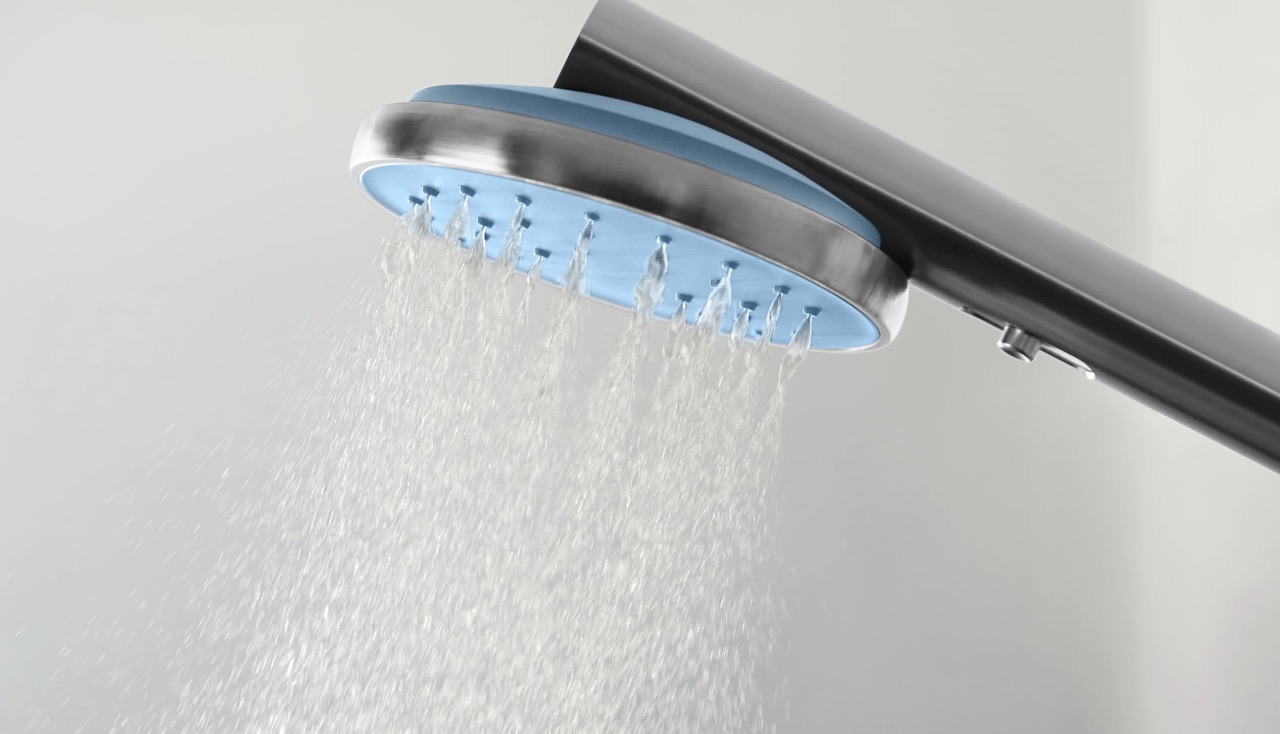
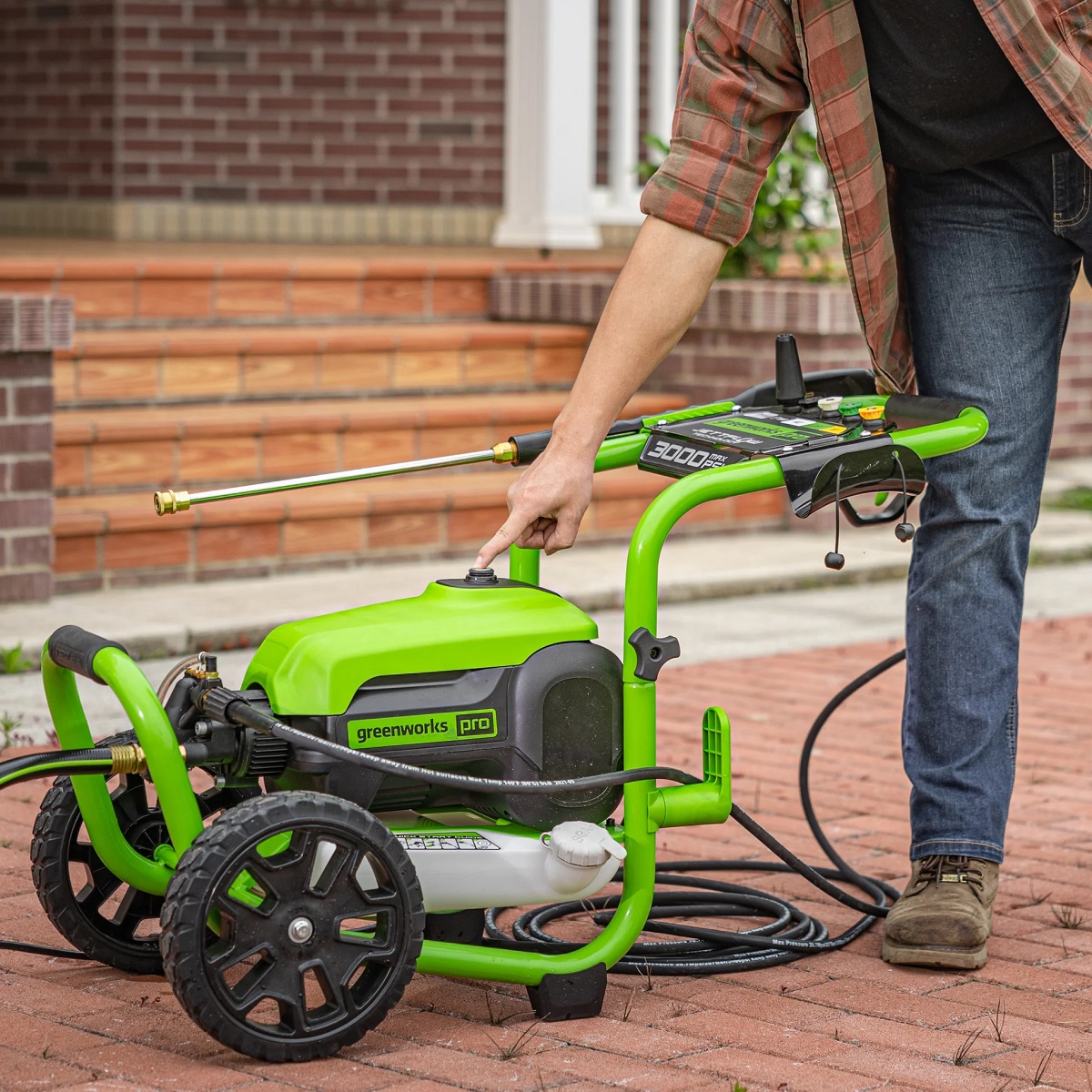
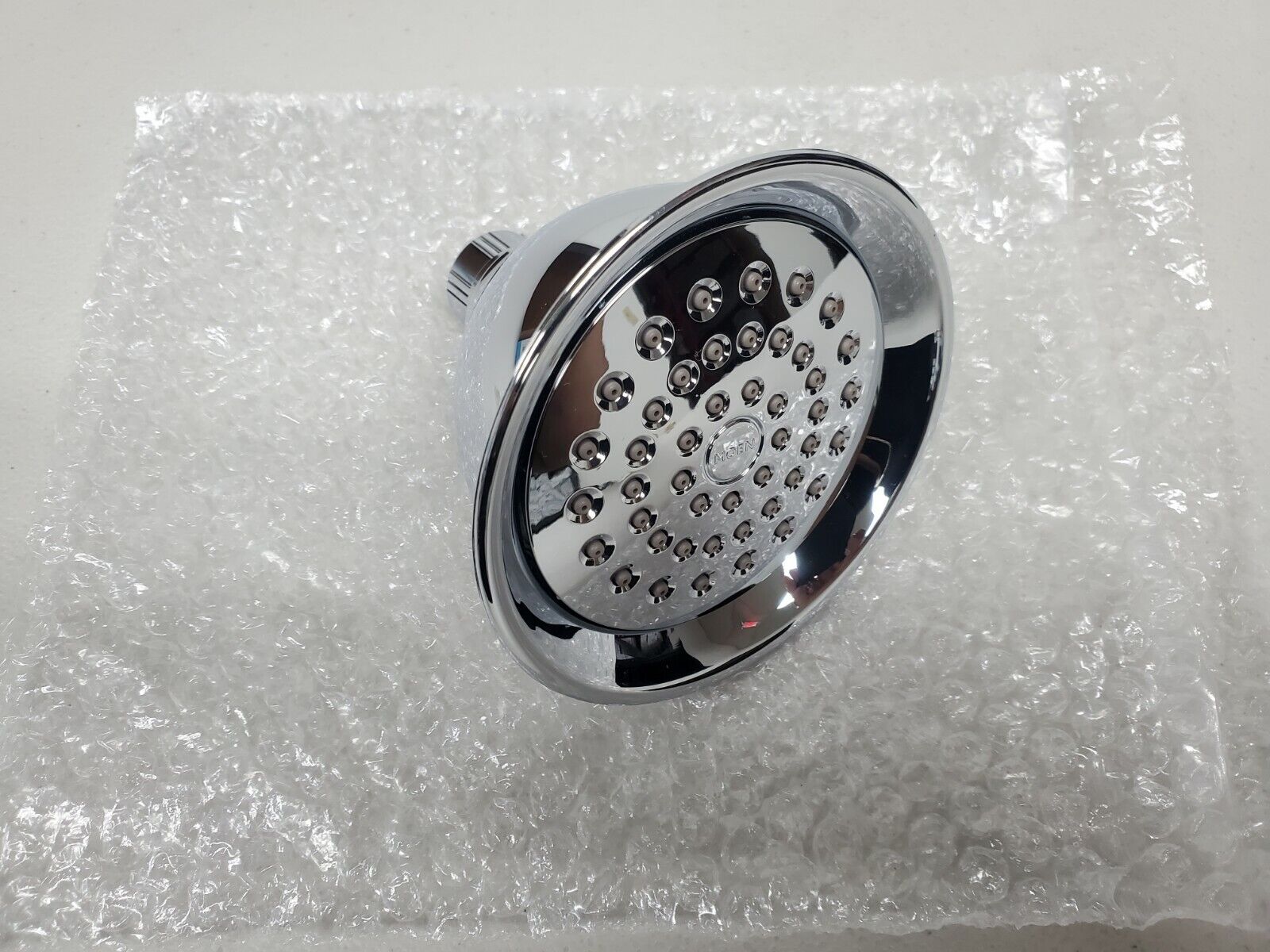
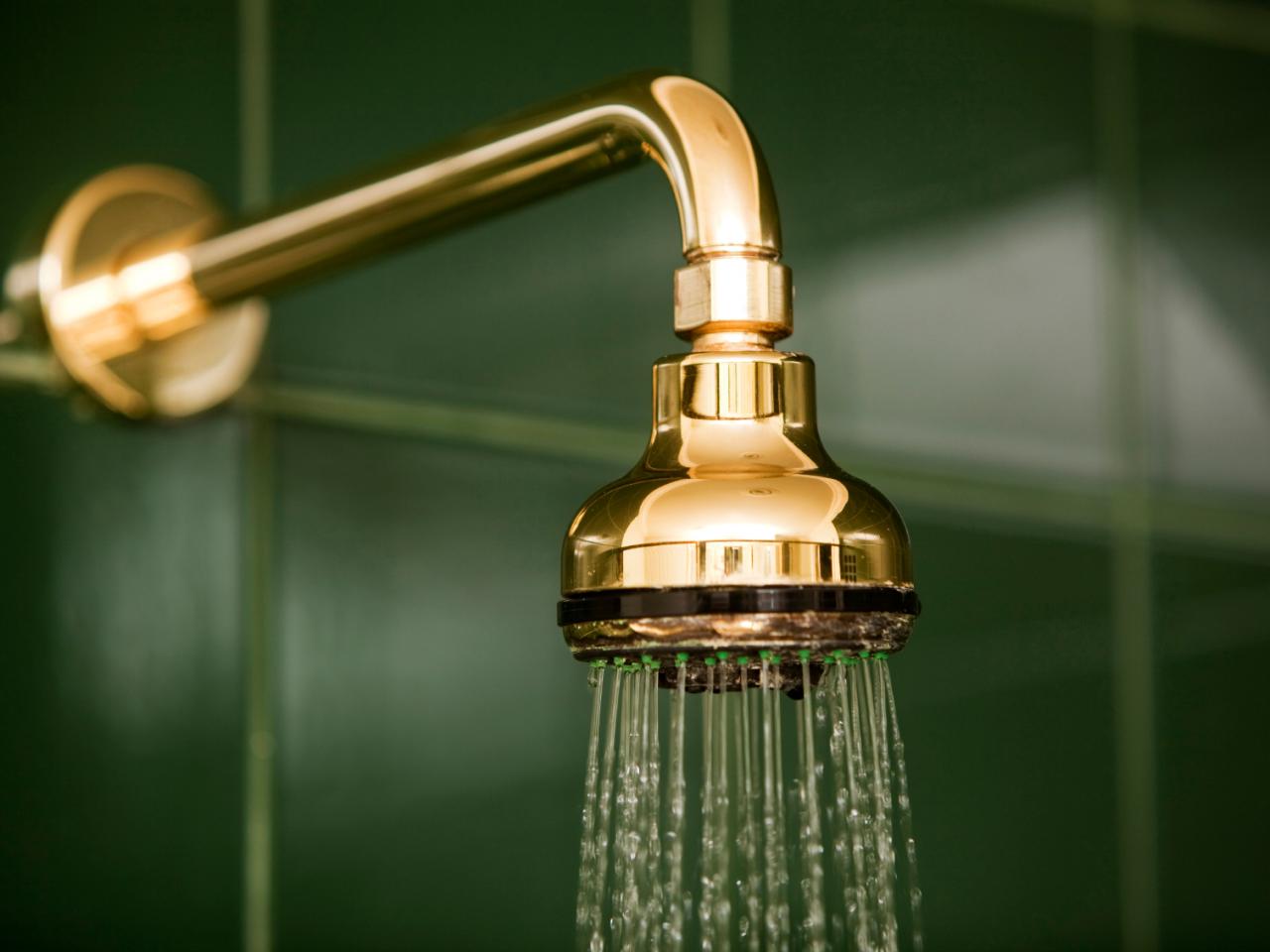



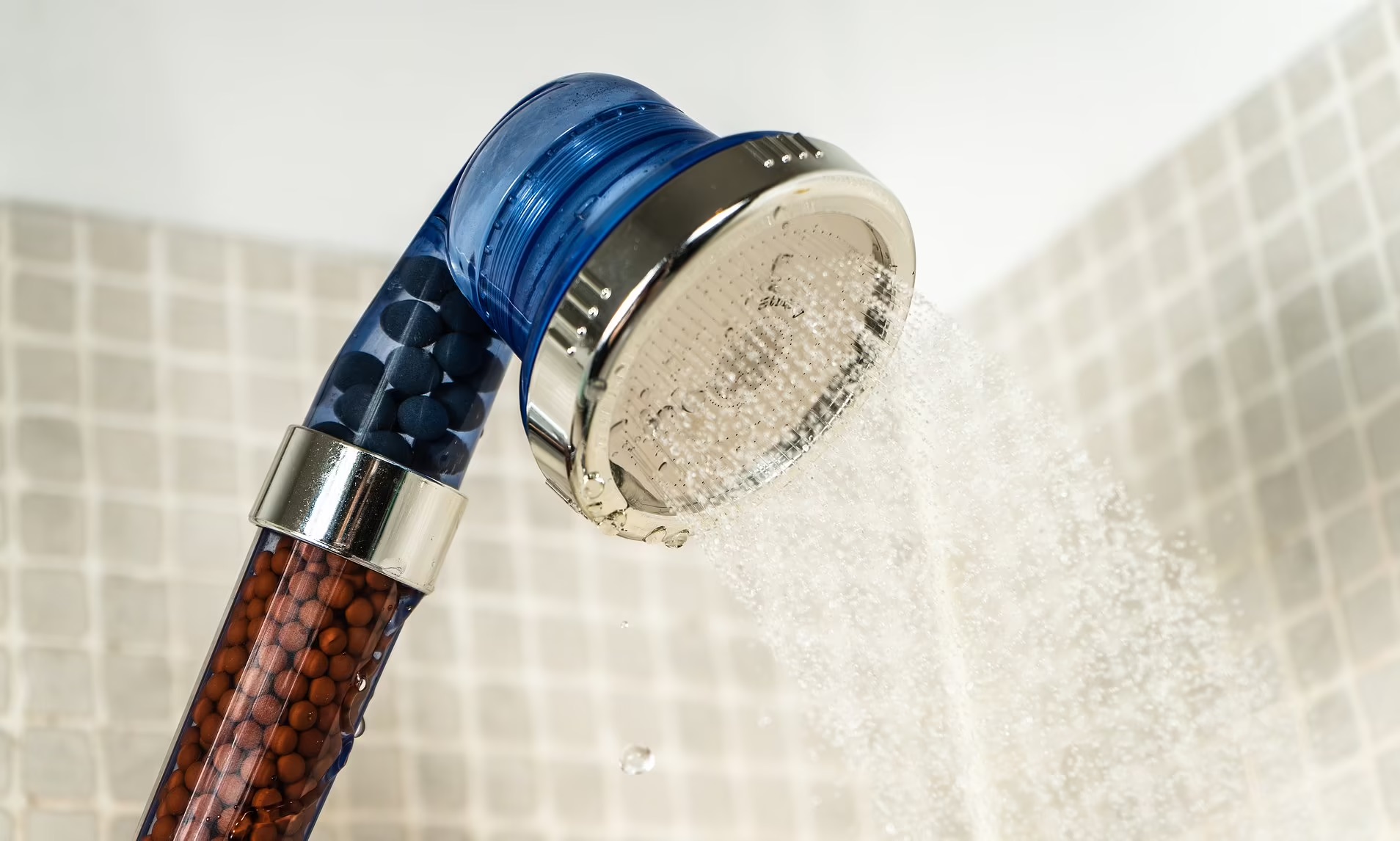
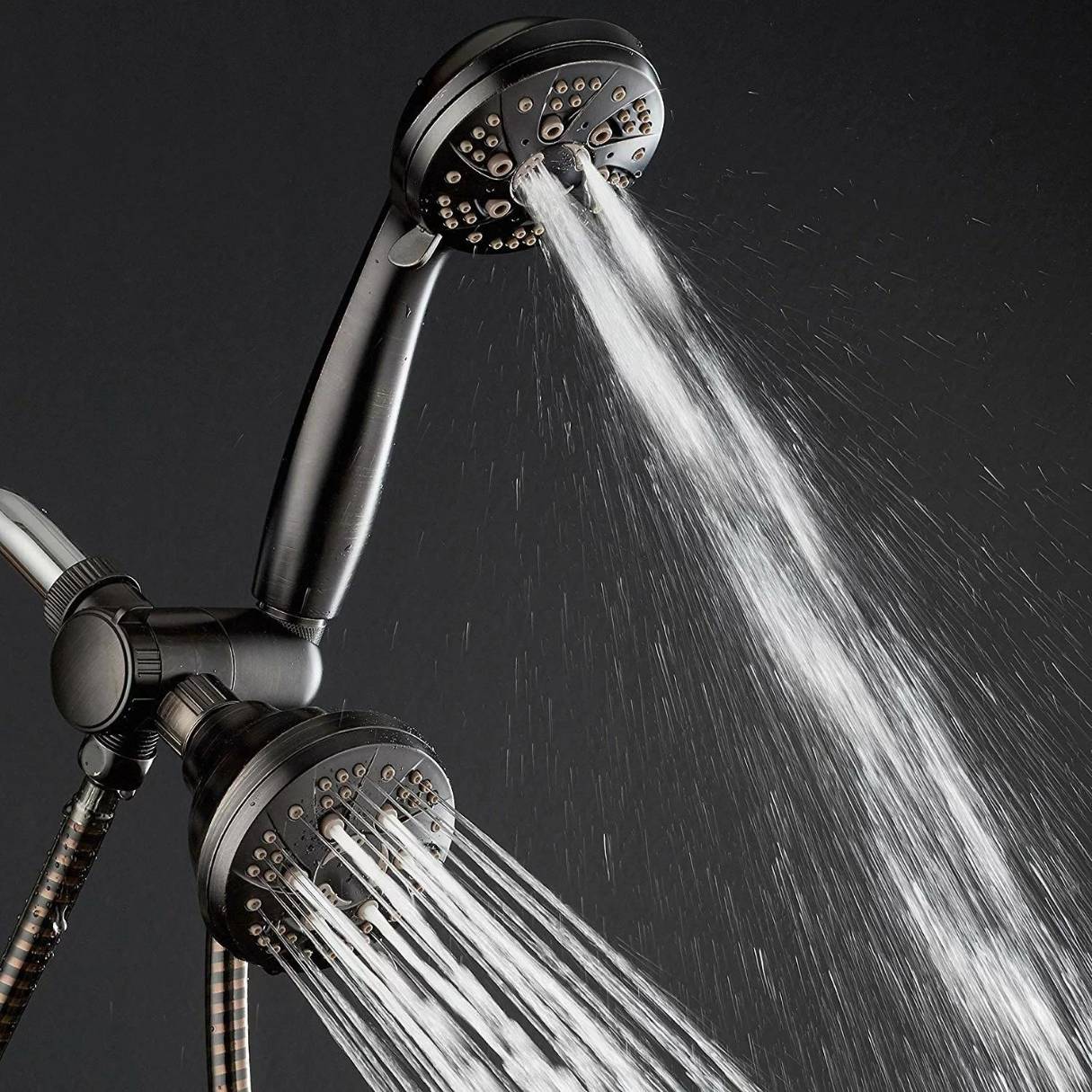

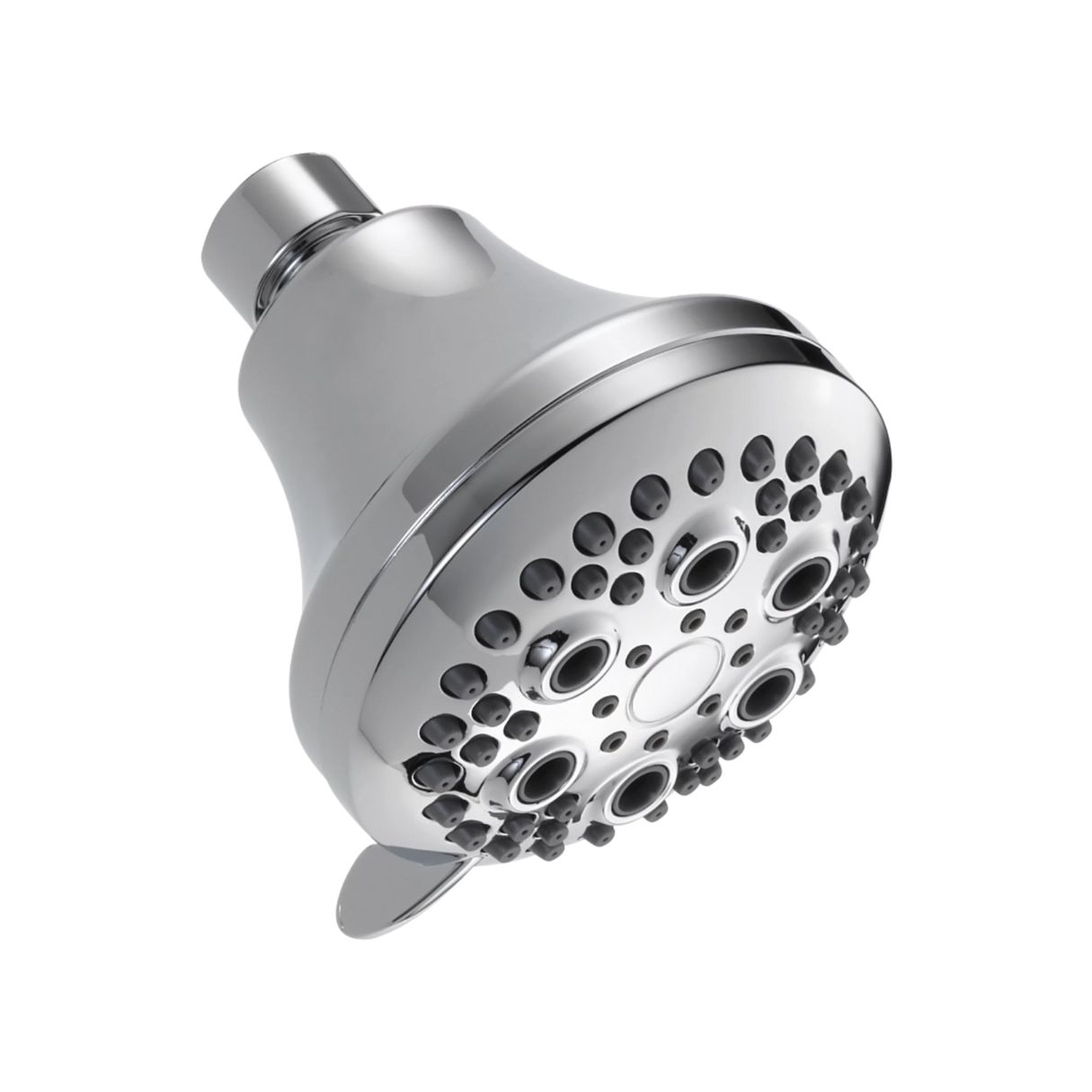
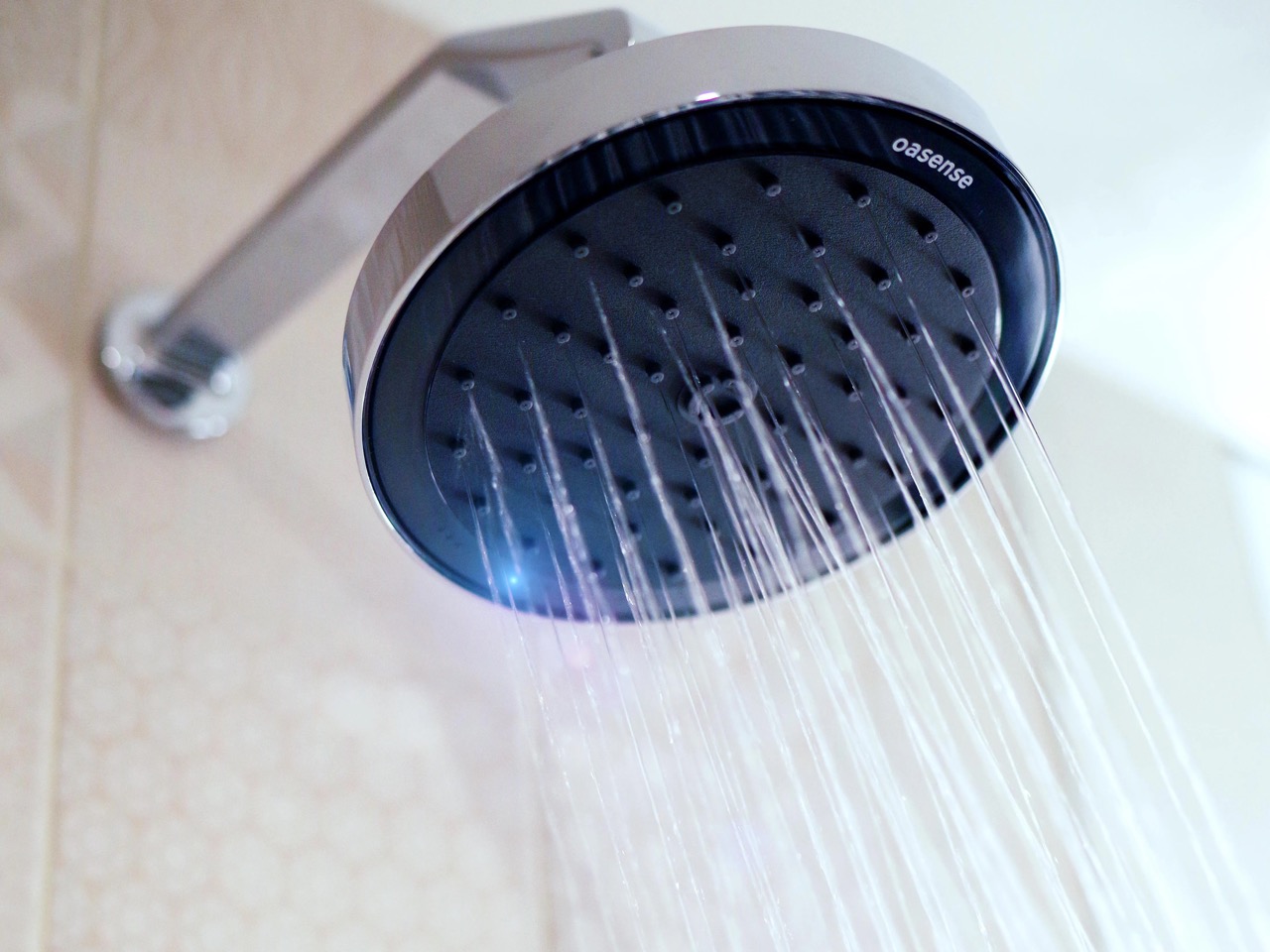
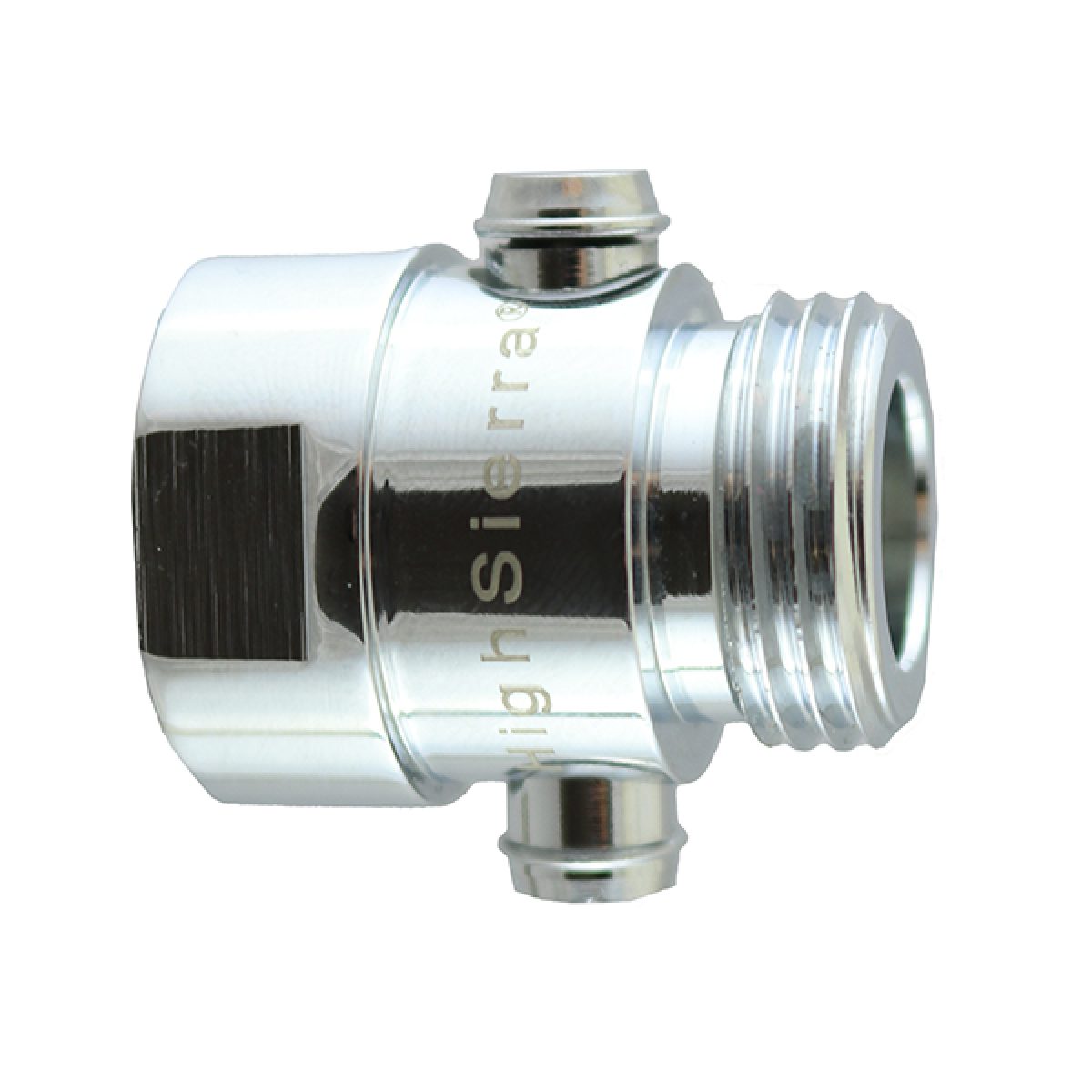


0 thoughts on “What Is The Showerhead GPM Compliant For California”